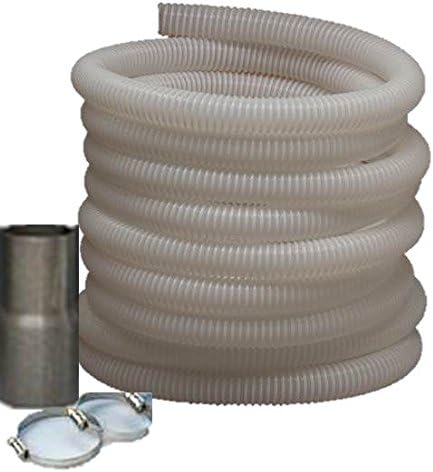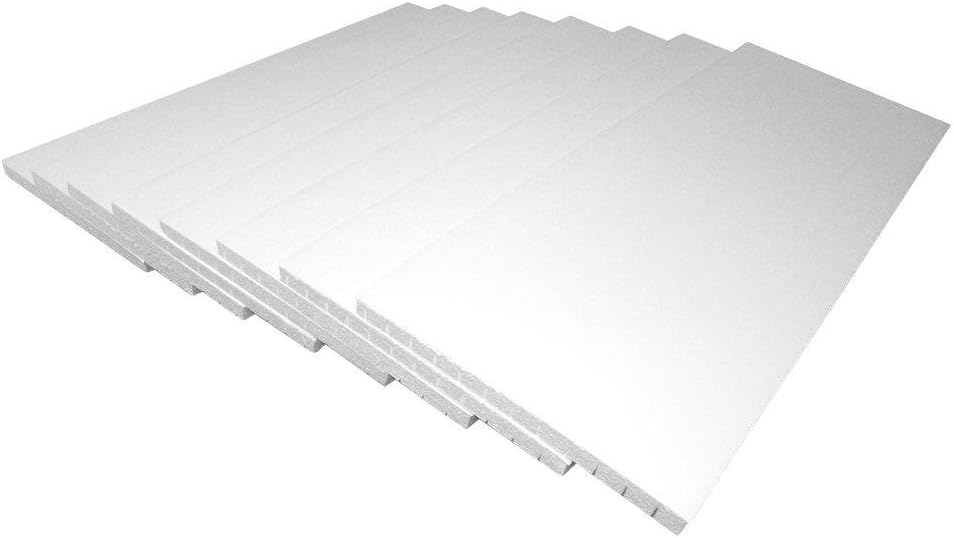Insulation and Sealing
Weatherstripping ideas
WOOL INSULATION: Home insulation can be green, as in earth-friendly. The manufacturing process, materials, and toxicity are highly important factors to consider when insulating your home. Wool is plush yet fire-resistant, a breathable material to absorb moisture without feeling damp or affecting its ability to retain heat. Because of wool's properties, you don't need to constantly adjust your heating and cooling systems, which saves energy and money.

Wool Insulation
WOOL INSULATION BATTS R20: Historically, batts were made with toxic bonding agents necessary to create a low-cost insulating product with some ability to maintain shape. Wool insulation batts are made with 100% wool and are not bonded with chemicals. They are safe to the touch and do not require protective clothing, or safety equipment like respirators or gloves to install.

Wool Insulations Batts
COTTON INSULATION: The cotton plant is both natural and renewable, making it eco-friendly. Cotton does not contain formaldehyde, does not cause respiratory problems, and it's also an insect repellent.
Cotton Insulation and other natural insulation
ECOTOUCH ENERGY STAR, GREENGUARD, CERTIFIED FORMALDEHYDE FREE INSULATION: This insulation is made with a minimum of 96% by weight natural materials consisting of minerals and plant-based compounds and a VERIFIED formaldehyde-free formulation delivering peace of mind, helping you save money and energy, while helping to save the planet. It is made from over 73% recycled content, diverting waste from landfills and transforming it into an energy-saving product.

EcoTouch Energy Star, Greenguard, Certified Formaldehyde Free Insulation
CLOSED CELL SPRAY FOAM INSULATION: The foam (usually polyurethane) is sprayed, and is better than any other type of insulation at reducing air leakage, and providing a higher R-value per inch than less expensive insulation types like cellulose and fibreglass. Closed cell polyurethane foams are more resistant to water degradation or penetration, reducing moisture build-up, and preventing bacterial growth, and curbing mold growth.

Closed Cell Spray Foam Insulation
CELLULOSE BLOWN-IN INSULATION: This insulation is made of recycled newsprint and other types of paper that otherwise would have decomposed in a landfill, releasing harmful greenhouse gases. Cellulose is one of the safest types of insulation to install, and is a good choice for those looking to minimize toxins in their home.


EXPANDED POLYSTYRENE, EPS FOAM SHEETS: Polystyrene is actually a type of plastic. And, although plastic is not traditionally green, it's considered to be in this instance because the R-values are so high that it ends up saving a lot of energy. It can come in both a foam board (which adds structual integrity to walls) or in a spray foam.


Expanded Polystyrene Insulation


Attic Radiant Barrier Reflective Insulation
ATTIC INSULATION STAIR COVER: In many homes, poorly insulated and leaky attic access stairs provide an opportunity to improve comfort and save energy amd money. You can air seal and insulate the attic stairs by building your own insulated cover box or purchasing a kit or pre-built box.
Attic Insulated Stair Cover
Go back to Eco Friendly Home Ideas
*Our website contains affiliate and partner links. Some of the links, such as our optional marketing services, product suggestions and advertisements, are affiliate links. Meaning, at no additional cost to you, we will earn a commission if you click through and make a purchase.












